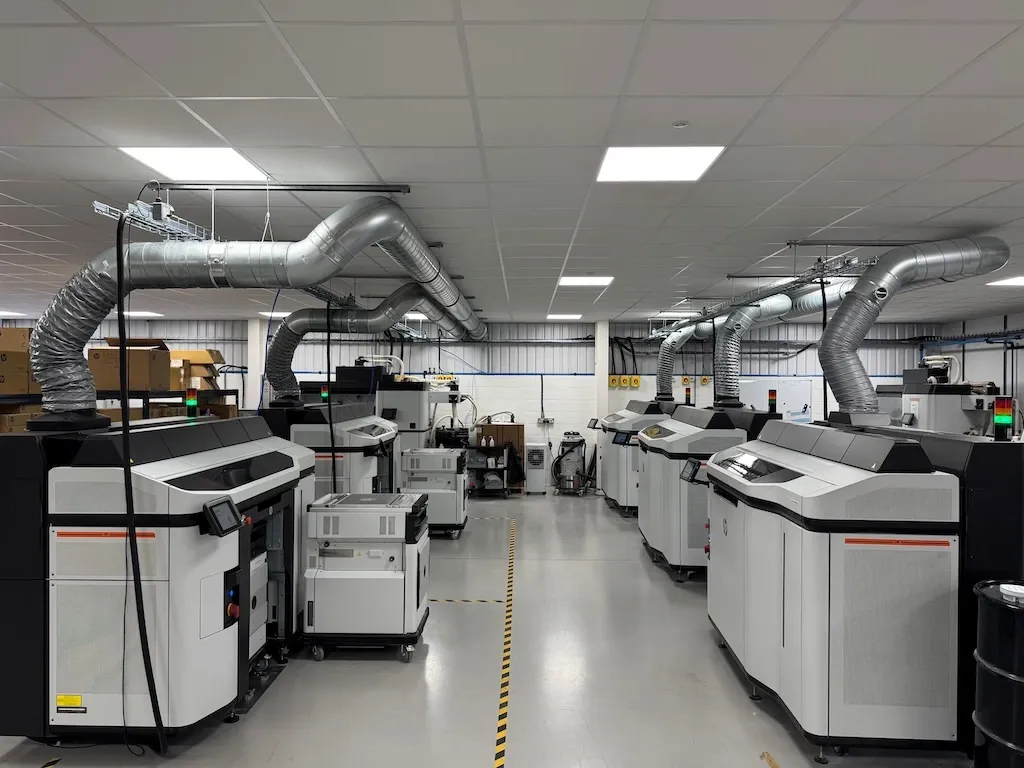Industry warns UK defence could miss £110m savings by ignoring 3D printing

Craig Pyser, chairman of Additive Manufacturing UK (AMUK), the additive manufacturing industry’s trade association, said the Ministry of Defence’s new Advanced Manufacturing Strategy highlights additive manufacturing as critical for strengthening supply chain resilience, yet the sector’s unfamiliarity with modern 3D printing applications is blocking access to production-ready capabilities.
He said: “The MoD’s own strategy references a Defence Innovation Unit report estimating that if 15% of the defence inventory were additively manufactured, the net financial benefit to the MOD would be £110m over the next 15 years.
“There are also ongoing annual benefits of £35.5m but those figures will only materialise if we bridge a critical knowledge gap between our industry and procurement teams commissioning large scale defence contracts.
“The technology exists and, importantly, the companies exist. We have UK firms delivering production-scale additive manufacturing right now, but there’s a fundamental knowledge gap preventing the sector from maximising these capabilities. Education is vital and we all have a role to play in shaping the conversation.”
The warning comes the same week the government unveiled its Defence Industrial Strategy to boost national security and local economies.
Pyser is also chief executive of Portsmouth-based additive manufacturer AMufacture, which he co-founded with former naval architect and Olympic sailor Will Howden.
The company has invested significantly in advanced HP Multi Jet Fusion printer technology and automation, delivering projects for clients across the aerospace, automotive, medical and marine sectors. It’s based in Portsmouth’s industrial cluster near major defence contractors including BAE Systems, Airbus and Lockheed Martin, representing the type of UK capability the MOD strategy seeks to leverage.
“The challenge isn’t the technology, it’s that decision-makers are still thinking about 3D printing as it was ten years ago, not as the production manufacturing process it has become. The MoD strategy acknowledges that obsolescence was identified as the ‘number one’ supply issue.
“With the MoD managing an inventory that currently exceeds 1.3 million items, the opportunity for additive manufacturing to provide alternative sources of supply for obsolescent items is substantial,” added Pyser.
UAV and drone components represent a particularly compelling application for additive manufacturing, where rapid iteration and on-demand production can provide tactical advantages.
The US military has already demonstrated 3D-printed drone systems built and deployed in under 24 hours, highlighting the operational benefits of the technology.
Pyser argues that the defence sector needs urgent education about modern additive manufacturing capabilities, particularly as the MoD shifts from ‘just-in-time’ to ‘just-in-case’ supply chain models that require more flexible manufacturing approaches.
“There is a real wealth of 3D printing talent in the UK. We need to shout louder about what we can achieve when it comes to modern-day production and the wide array of cost, environmental and performance benefits additive manufacturing can deliver.
“If defence switches on to the fact, it can push for those £110m savings whilst also driving massive economic impact to some of the country’s fastest growing and exciting manufacturers.”


